Not far from the Mediterranean Azur coast is the small town of Avignon (France) - full of historical monuments and attractions, a piece of French Provence shrouded in unforgettable charm. Only by staying at least a week, you will be able to fully experience the local flavor and visit most of the places declared by UNESCO as a heritage of mankind. No wonder this town takes pride of place in the recommendations of your local personal tourist guide.
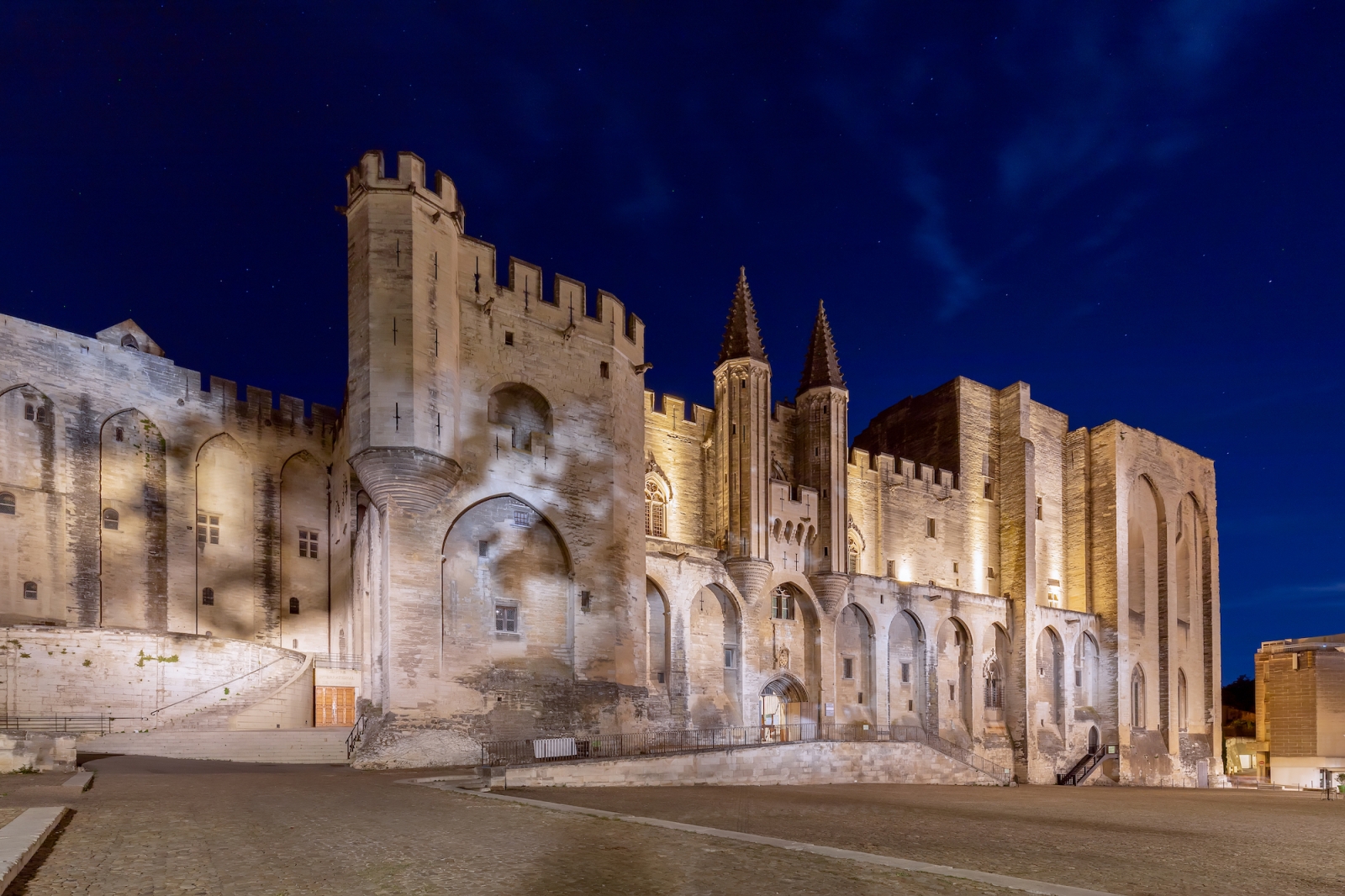
How to get to Avignon?
The cheapest way to get from Paris to Avignon is by Bus. The trip will cost €20. Travel time will be 10 hours.
The train is the fastest way to get from Paris to Avignon. Tickets cost around €75. The trip will take 2 hours and 40 minutes. The city is located on the French TGV high-speed train line connecting Paris and Marseille. EuroStar runs once a week, connecting London St. Pancras International with Avignon (departing every Sunday in the summer). Don't forget that there are 2 train stations in Avignon: in the city center, the Avignon-Centre station serves only regional TER trains. And high-speed TGV trains stop at the new Avignon-TGV station, 2 km away from the city.

Travel time by train to Avignon from various towns in Europe:
Paris – 3 to 4 hours
Nimes – 30 minutes
Marseille - approximately 2 hours and 30 minutes by high-speed train TGV
Lyon - 3 hours on the regional and 1 hour on TGV
Nice - 3 hours by TGV
London (EuroStar trains) - 6 hours
You can get from one station to another every 30 minutes by regional train (5 minutes, 1.70€). There is also a shuttle bus between these two stations, the journey takes 4 minutes. The ticket costs €1.30. The final stop on this route is at the post office building in the center. Trains stop at the TGV station from Paris, Lille, Nantes, Rouen, Montpellier, Geneva, Brussels, Lyon, Toulouse, and Strasbourg.
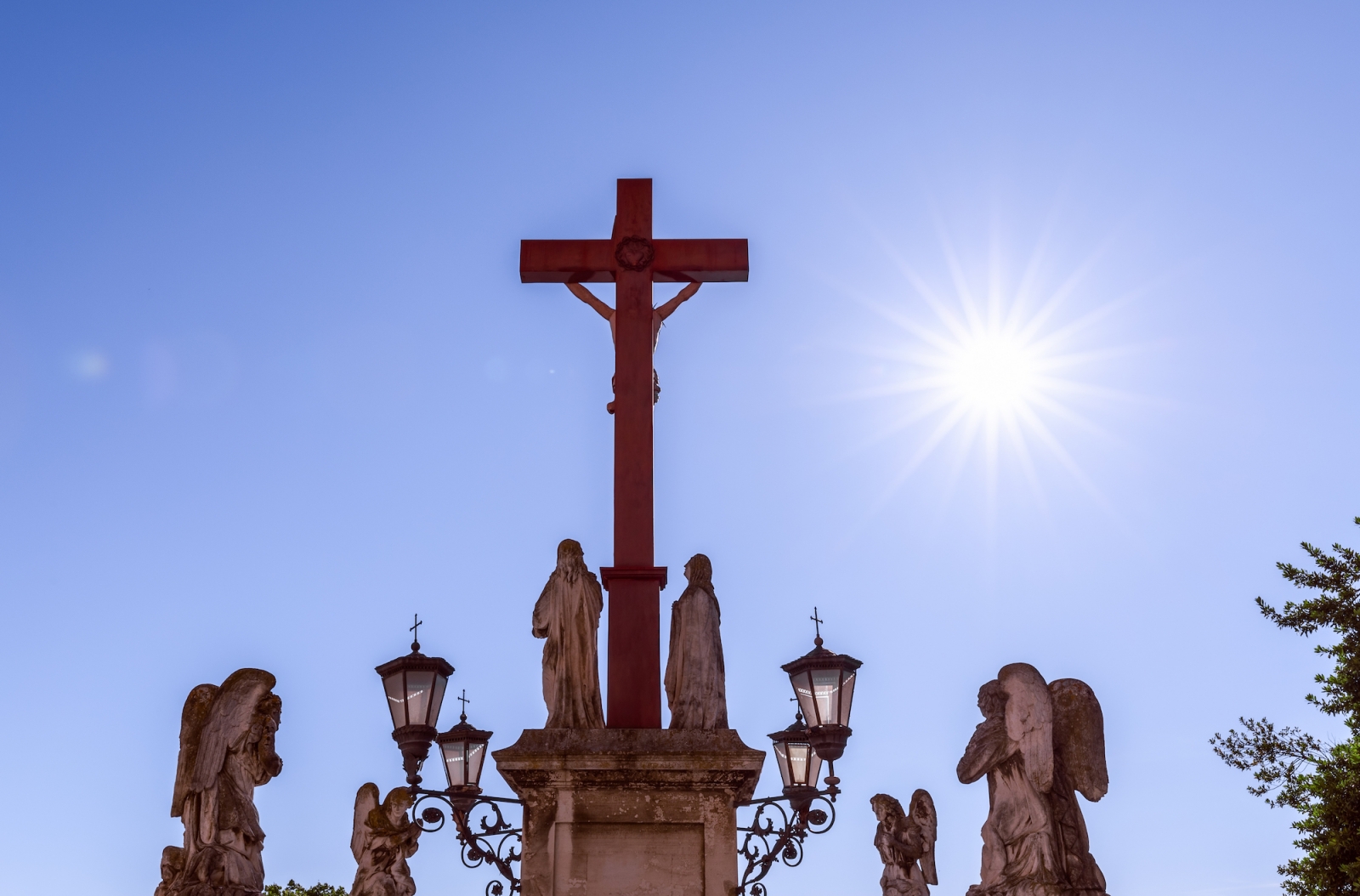 If you decide to drive and admire the beautiful French landscapes, then keep in mind that the distance from Paris to Avignon is 691 kilometers. Travel time is approximately 9 hours if no stops are made.
If you decide to drive and admire the beautiful French landscapes, then keep in mind that the distance from Paris to Avignon is 691 kilometers. Travel time is approximately 9 hours if no stops are made.
What to see in Avignon first of all?
The first place in the list of sights recommended for excursions is rightfully occupied by the world's largest monument of Gothic architecture - the Papal Palace. A real expanse for a professional photographer, as well as for a true lover of antiquity, because more than twenty halls are hidden within the walls of the palace, bearing the imprints of gray centuries. Be sure to check out the Heart Room, the audience hall, and walk around the parade square. Multimedia presentations are held in some areas of the palace, and you can use an audio guide that offers service in at least 10 languages. But of course, an individual excursion with a local private English-speaking tour guide in Avignon will be more informative, emotional, and energetic!
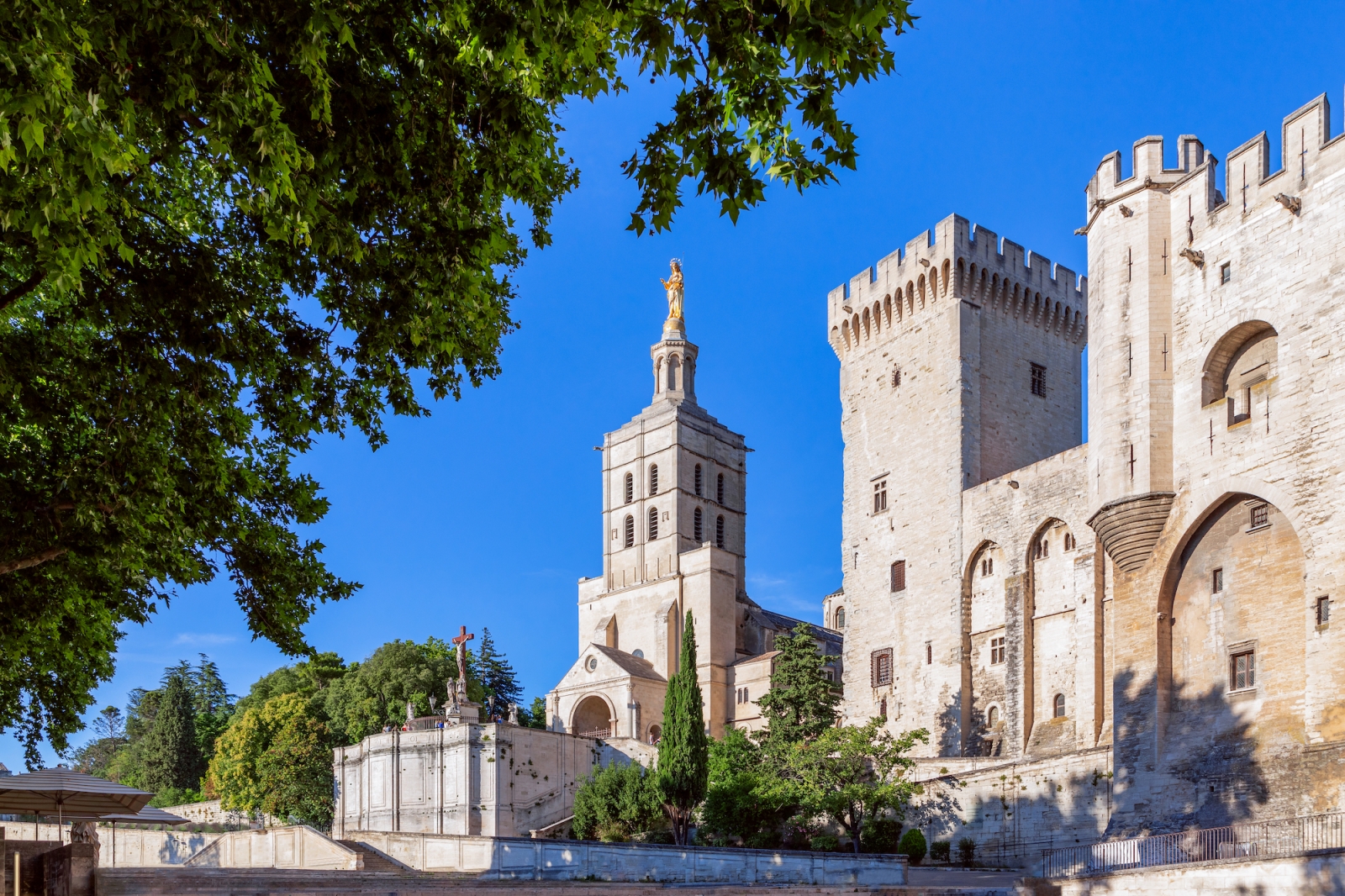
The POPES
As a result of a conflict with the French king and the practical collapse of the papal state in what is now Italy, the popes moved to Avignon in 1307. And in the 14th century, their arrangement in the new city, bought by one of the popes as his own property, began with the reconstruction of the old episcopal palace. The Papal palace in Avignon was built on the northern outskirts of the city on a rocky hill with stunning views of the Rhone River. The building was conceived of two parts - the Old and New Palaces with gigantic dimensions for those times - 10,000 square meters. Almost all the income of the papal treasury went to the construction of this grand structure.
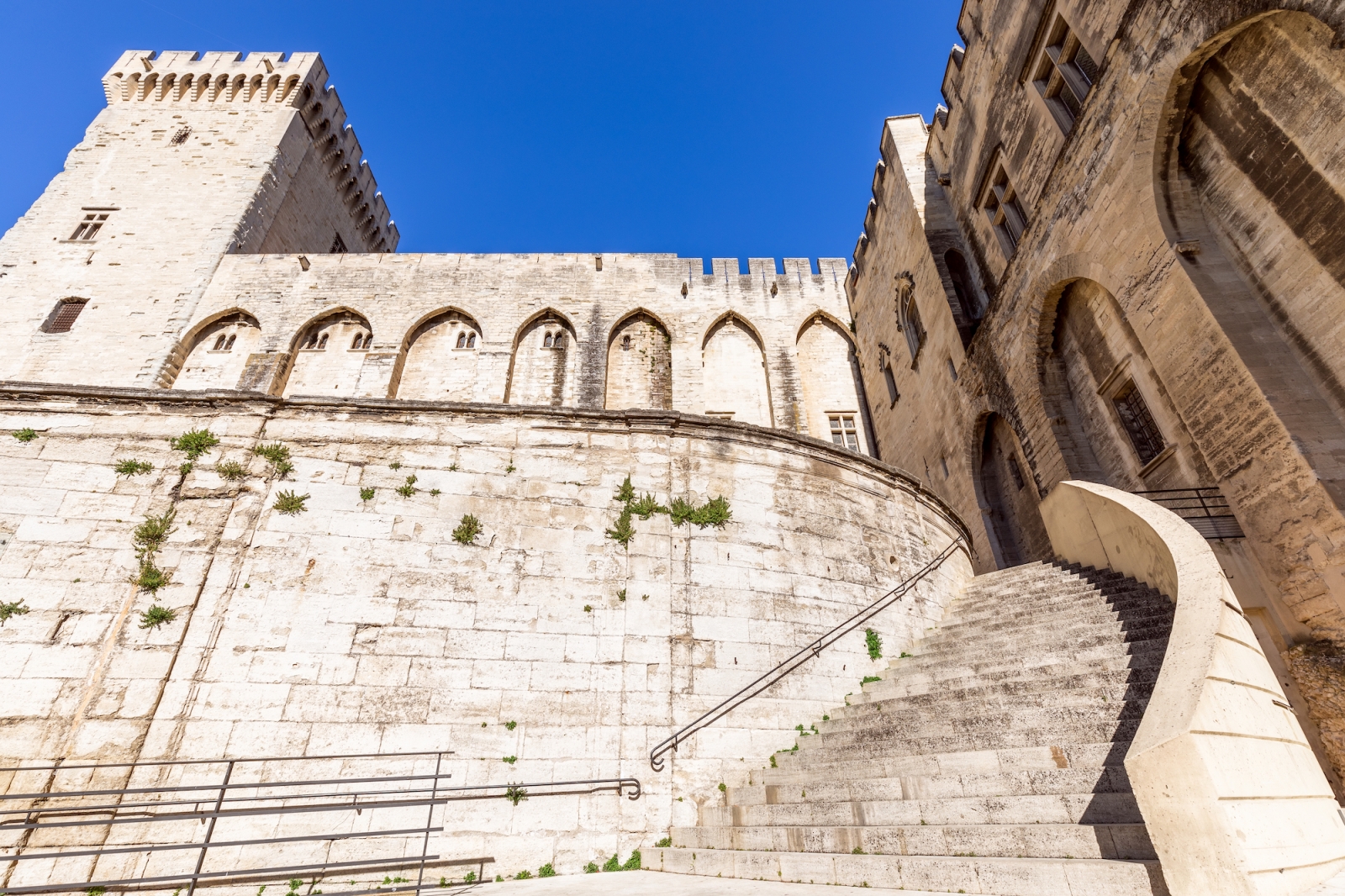
It was decided to destroy the old episcopal palace and build a taller and more grandiose building with a monastery, powerful walls, and towers on its foundation. The structure was repeatedly rebuilt and expanded in subsequent times, and overgrown with neighboring buildings. Thus, a new building arose - the New Palace with a chapel for worship directly with the participation of the pope. Over time, two more towers and an inner courtyard (the so-called Parade Papal Courtyard) appeared at the Palace, as if it was closed by newly built remodels. The interior of the palaces was richly decorated with frescoes, tapestries, paintings, sculptures, and ceilings made of precious wood.
 But in 1377, the popes left Avignon, missing and coming back to Rome, Italy and this was the beginning of a split among the popes, during which the antipopes (we will not go into exact names and titles here, as your local personal tourist guide will tell you about them in detail if you wish because he/her remembers it by heart) kept the Palace of Avignon as a residence right up to 1408. But even after their humiliating deposition, the antipopes’ offspring - the palace - remained for many years in the hands of their allies, who defended themselves under siege in the fortress. And only in 1433 the palace again returned to the possession of the Pope in Rome.
But in 1377, the popes left Avignon, missing and coming back to Rome, Italy and this was the beginning of a split among the popes, during which the antipopes (we will not go into exact names and titles here, as your local personal tourist guide will tell you about them in detail if you wish because he/her remembers it by heart) kept the Palace of Avignon as a residence right up to 1408. But even after their humiliating deposition, the antipopes’ offspring - the palace - remained for many years in the hands of their allies, who defended themselves under siege in the fortress. And only in 1433 the palace again returned to the possession of the Pope in Rome.
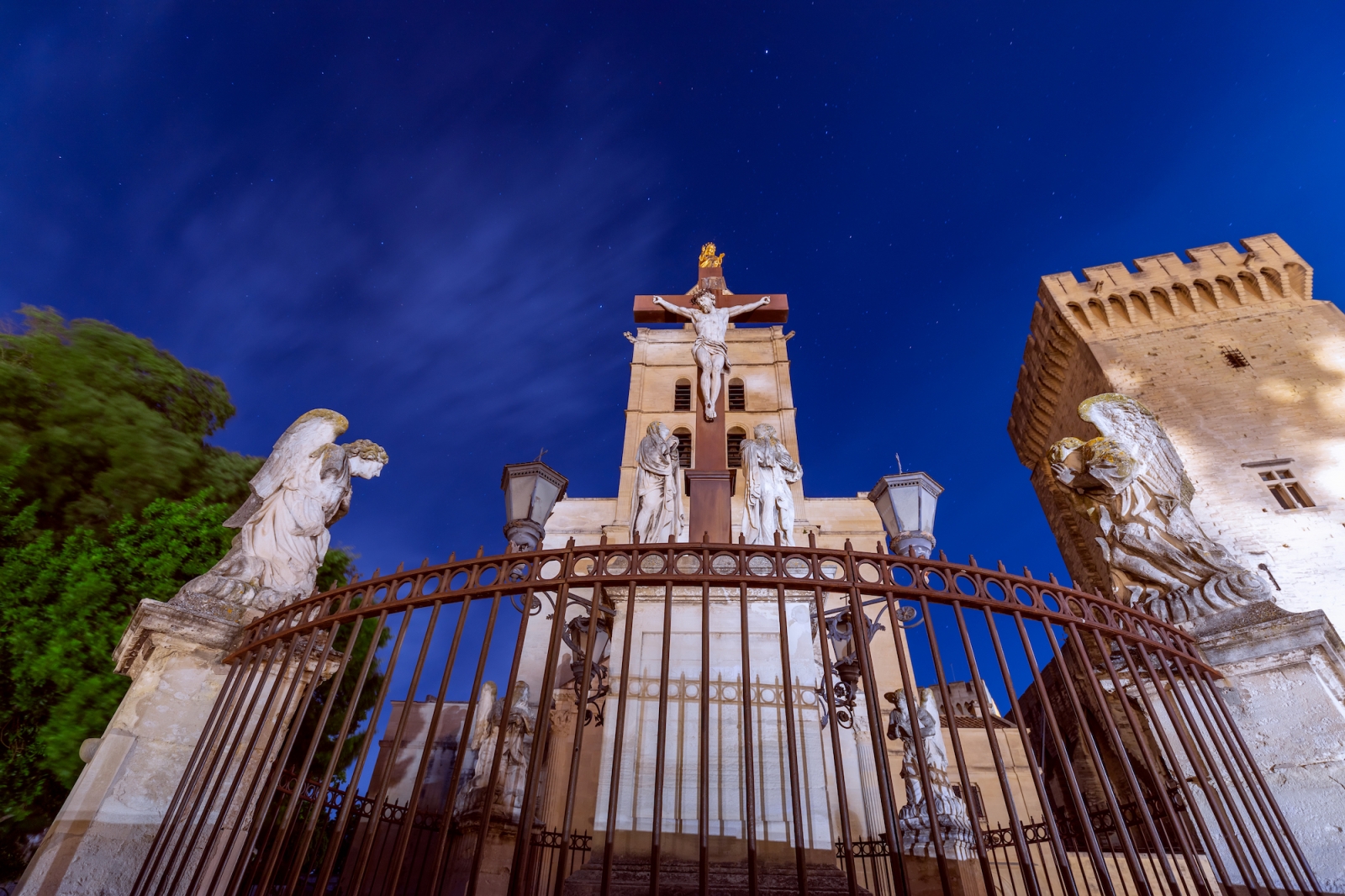 The turbulent fate of the notorious palace did not end there, and in 1789, during the French Revolution, the palace was captured and plundered by the new rebels, and in 1791 became the center of mass murders of opponents of the revolution. Under Emperor Napoleon, numerous halls of the palace were used as barracks for the military and prisons for criminals. Further, the palace was waiting for the only decline, its interiors, made of rare woods, were barbarously dismantled for the construction of city stables, and the frescoes were vulgarly smeared.
The turbulent fate of the notorious palace did not end there, and in 1789, during the French Revolution, the palace was captured and plundered by the new rebels, and in 1791 became the center of mass murders of opponents of the revolution. Under Emperor Napoleon, numerous halls of the palace were used as barracks for the military and prisons for criminals. Further, the palace was waiting for the only decline, its interiors, made of rare woods, were barbarously dismantled for the construction of city stables, and the frescoes were vulgarly smeared.
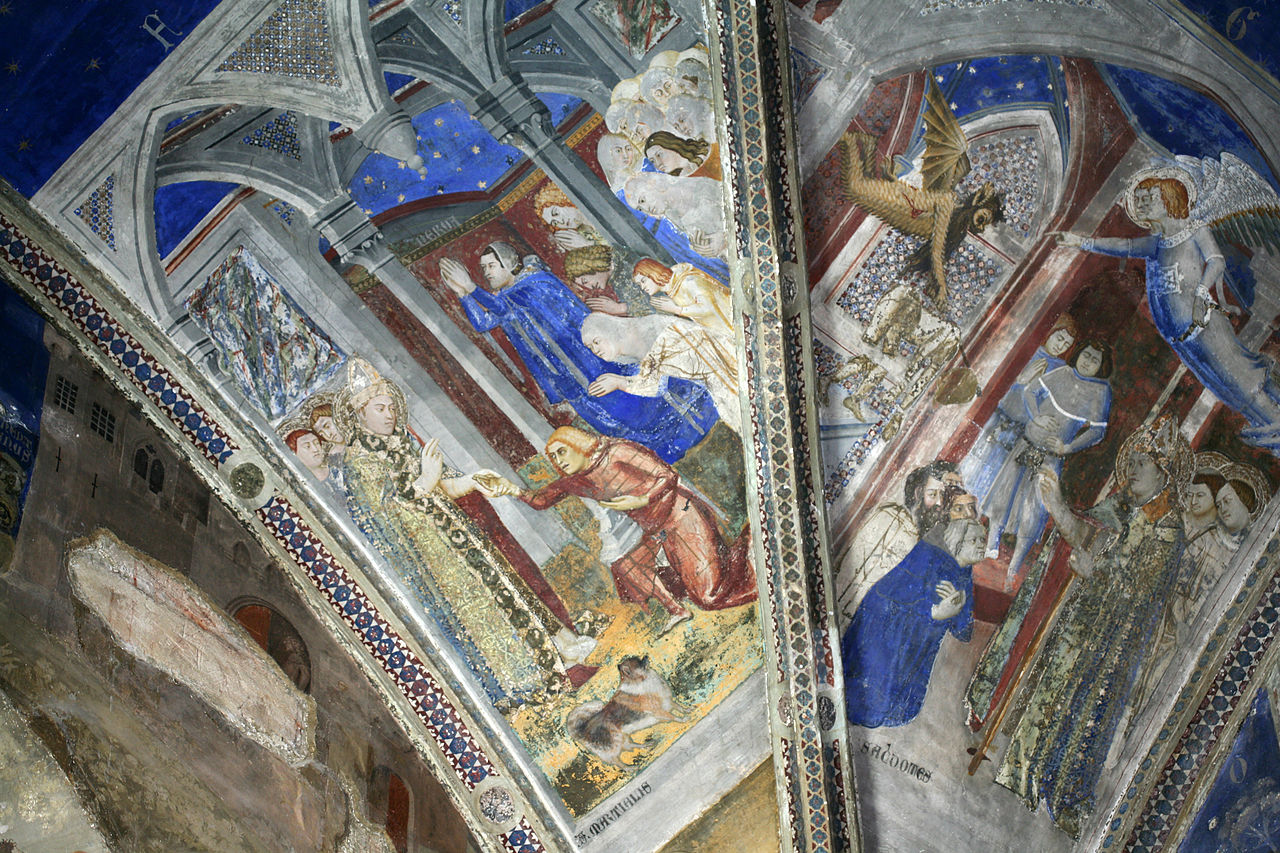 Now the palace houses a national museum, and its acoustically impeccable halls host the summer international theater festival in Avignon, which attracts both street actors and venerable masters. But more about the festival later.
Now the palace houses a national museum, and its acoustically impeccable halls host the summer international theater festival in Avignon, which attracts both street actors and venerable masters. But more about the festival later.
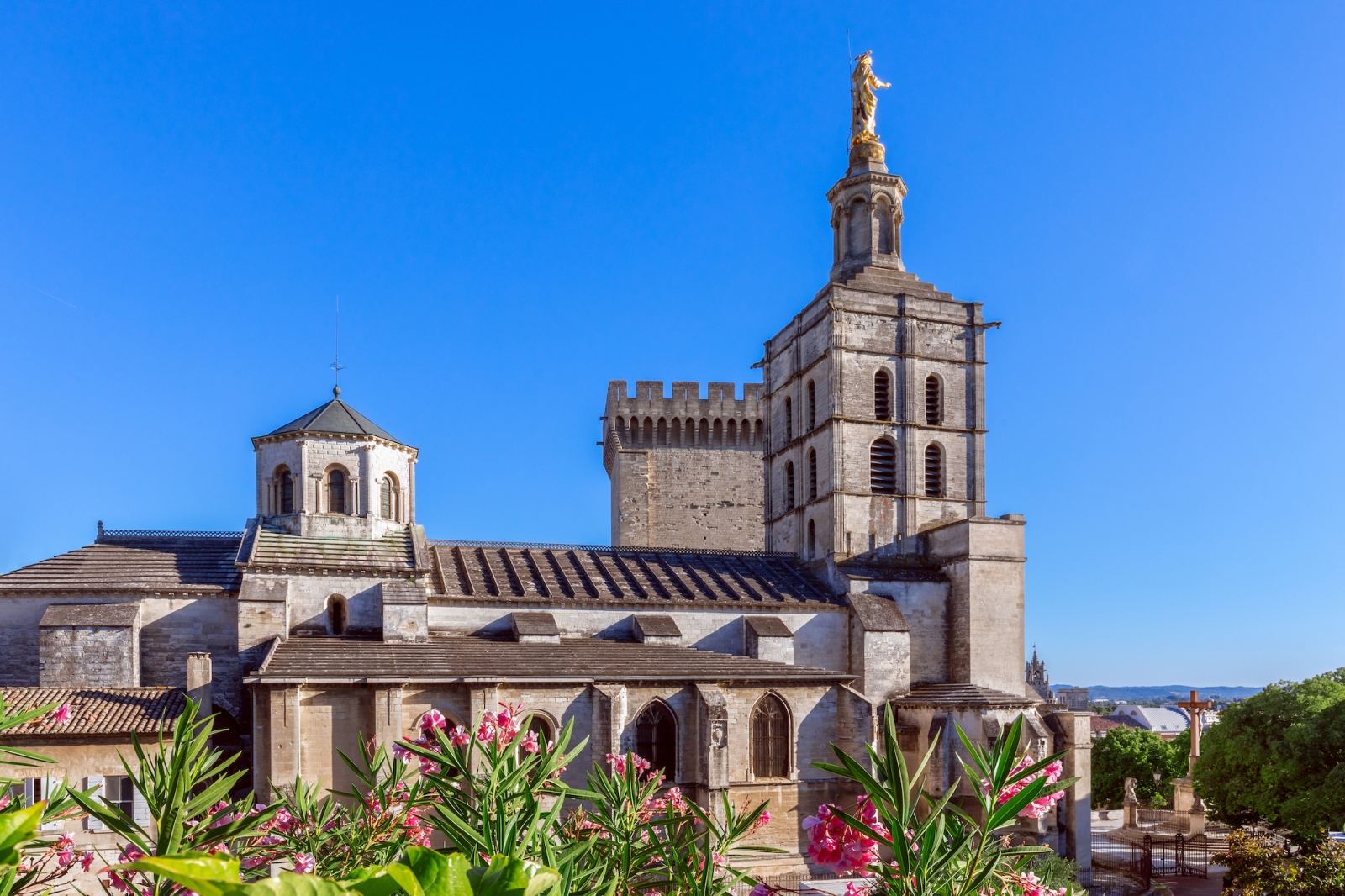 After visiting the Papal Palace, take a tour of the Cathedral of Our Lady of Avignon, whose construction historians attribute to the 12th century. At the top of the bell tower of the cathedral, there is a gilded statue of the Virgin Mary, which, according to the believers of the inhabitants, protects the city. And in the Small Palace, located not far from the cathedral, you can visit the art museum, exhibits, and paintings displayed in it are worthy of all admiration.
After visiting the Papal Palace, take a tour of the Cathedral of Our Lady of Avignon, whose construction historians attribute to the 12th century. At the top of the bell tower of the cathedral, there is a gilded statue of the Virgin Mary, which, according to the believers of the inhabitants, protects the city. And in the Small Palace, located not far from the cathedral, you can visit the art museum, exhibits, and paintings displayed in it are worthy of all admiration.
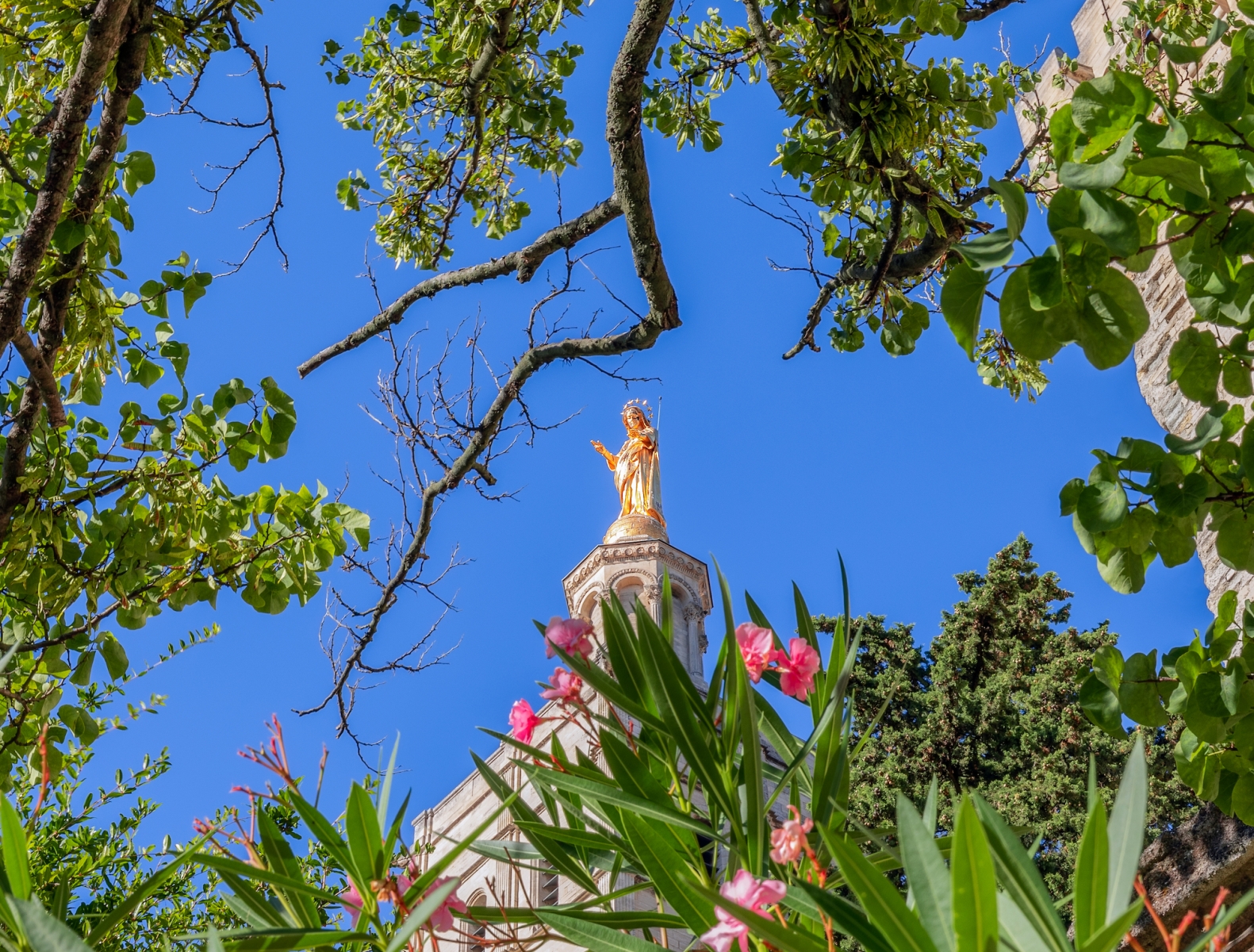 A visit to the Pont Saint-Bénézet, located on the Rhone River, can be scheduled the day after the tour of the palaces. The original length of the bridge was 900 meters. Its design followed the architecture of ancient Rome: the bridge consisted of about 20 stone arches 20-25 meters long each, standing on granite basements. Its level was higher than the level of the city streets that surrounded it. The width of the bridge was approximately 4.90 meters. At one time, a defensive tower was built at its end from the side of the city and the palace.
A visit to the Pont Saint-Bénézet, located on the Rhone River, can be scheduled the day after the tour of the palaces. The original length of the bridge was 900 meters. Its design followed the architecture of ancient Rome: the bridge consisted of about 20 stone arches 20-25 meters long each, standing on granite basements. Its level was higher than the level of the city streets that surrounded it. The width of the bridge was approximately 4.90 meters. At one time, a defensive tower was built at its end from the side of the city and the palace.
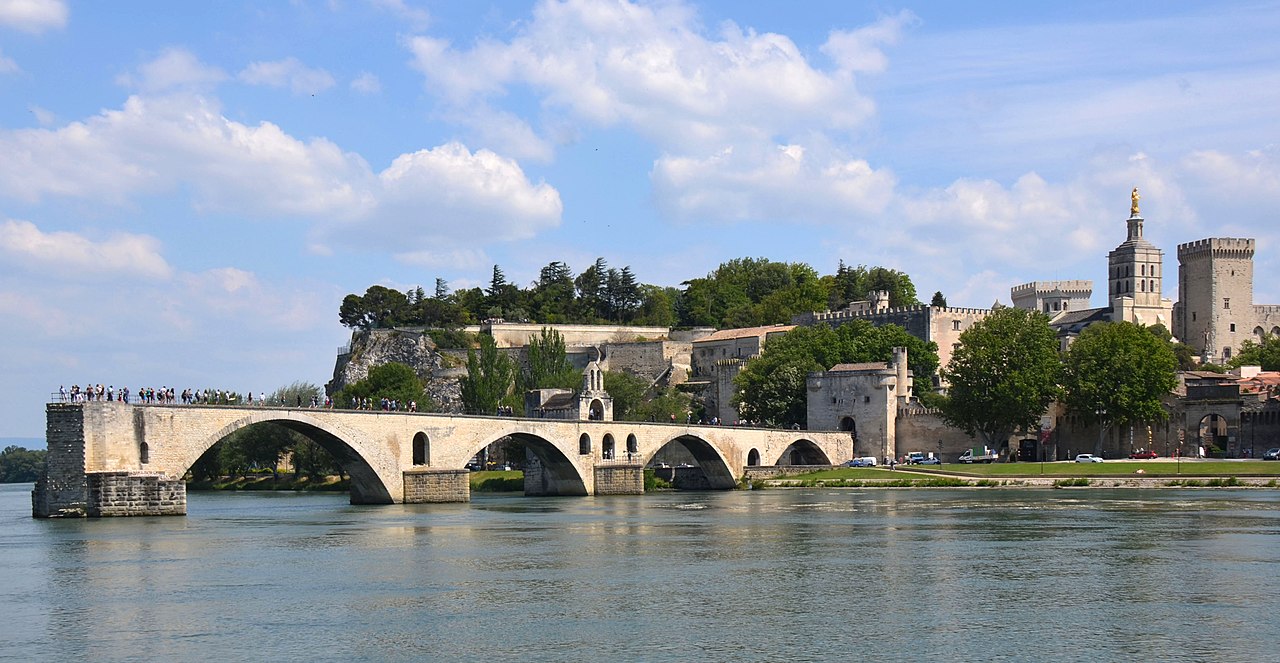 Unfortunately, this 12th-century architectural monument suffered from severe floods, sometimes reaching up to 5 meters high, which destroyed its magnificent stone arches, the first 3 of them in 1602, then 3 more in 1633, and at the end of the winter of 1670, when a strong flood was also accompanied by a heavy ice drift, which demolished all the spans that had survived by that time, and now it appears to the guests of the city as if in an unfinished form, 4 spans of the bridge remained from the former long structure, adjacent to the left (western) bank of the Rhone from the city of Avignon. However, it offers magnificent views of the surroundings and the chapel in which Saint Bernese is buried, but for this, you have to go down below the level of the bridge by 4 meters.
Unfortunately, this 12th-century architectural monument suffered from severe floods, sometimes reaching up to 5 meters high, which destroyed its magnificent stone arches, the first 3 of them in 1602, then 3 more in 1633, and at the end of the winter of 1670, when a strong flood was also accompanied by a heavy ice drift, which demolished all the spans that had survived by that time, and now it appears to the guests of the city as if in an unfinished form, 4 spans of the bridge remained from the former long structure, adjacent to the left (western) bank of the Rhone from the city of Avignon. However, it offers magnificent views of the surroundings and the chapel in which Saint Bernese is buried, but for this, you have to go down below the level of the bridge by 4 meters.
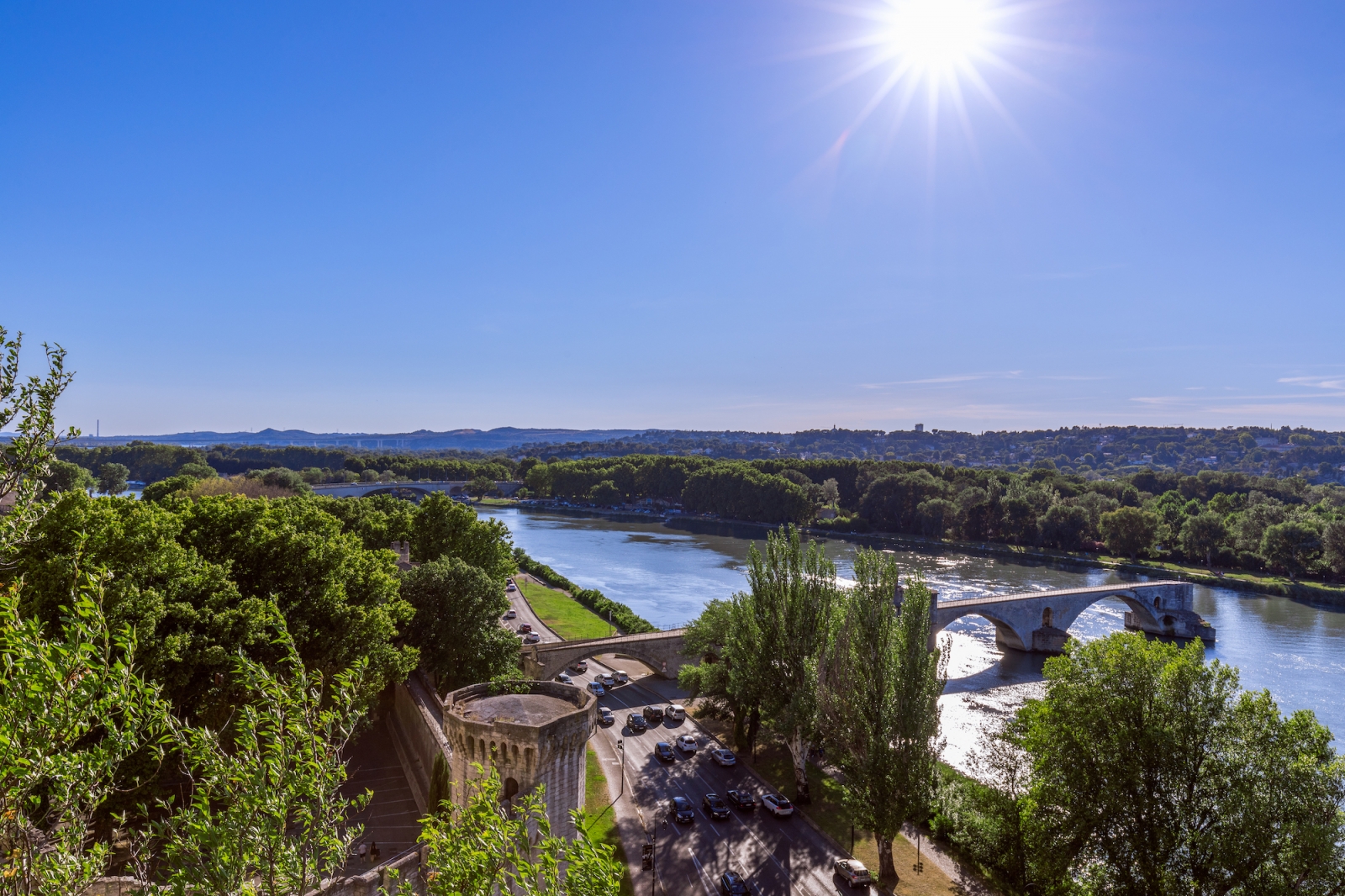 Be sure to take a private tour of the Calve Archaeological Museum, which exhibits the most interesting artifacts of antiquity. Here you can see ancient sculptures, and paintings by medieval artists and get to one of the exhibitions that are held here all year round on a permanent and temporary basis. Use the services of a local private English-speaking tour guide in Avignon and you will learn a lot about the activities and exhibits.
Be sure to take a private tour of the Calve Archaeological Museum, which exhibits the most interesting artifacts of antiquity. Here you can see ancient sculptures, and paintings by medieval artists and get to one of the exhibitions that are held here all year round on a permanent and temporary basis. Use the services of a local private English-speaking tour guide in Avignon and you will learn a lot about the activities and exhibits.
Don't miss the Espri Rekiyan Museum of Natural Sciences, which is also part of the Calvet Foundation. Museum Night is held here, during which the curator and manager of the collection will become your personal tourist guide and talk about the collection and its exhibits. You will find out that huge materials on biology, geology, zoology, and botany were collected here.
A separate day is worthy of a tour of the city walls of Avignon, which encircle the city and stretch for more than 4,000 meters. This is an important historical monument and a milestone in the life of the city. These walls were built by the Popes in the 14th century and still have 39 towers and several large city gates.
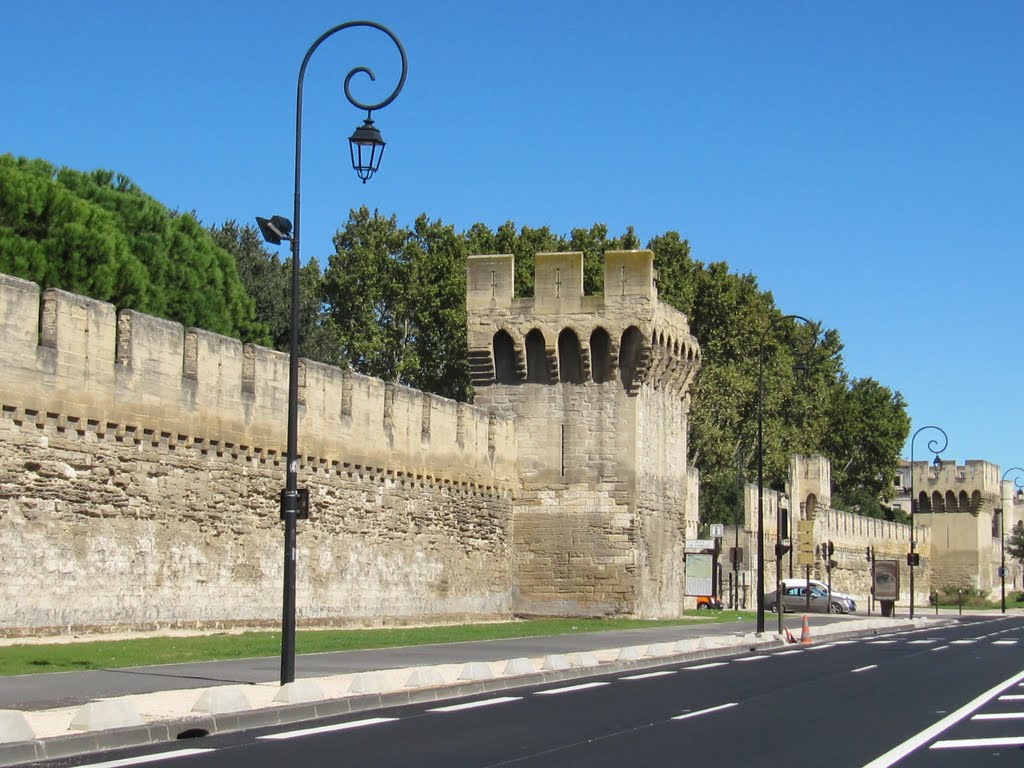 In the city center, you will see the Church of San Pedro, towering over the square, also named after him. Unfortunately, you can get inside only during the service. However, the stunning finishes and huge massive doors create a truly majestic spectacle and will not leave you indifferent.
In the city center, you will see the Church of San Pedro, towering over the square, also named after him. Unfortunately, you can get inside only during the service. However, the stunning finishes and huge massive doors create a truly majestic spectacle and will not leave you indifferent.
There are several coffee shops and bars on the square with the clock, where, surrounded by music and wonderful cuisine, you can spend an evening or two enjoying the pretty quiet nightlife of Avignon.
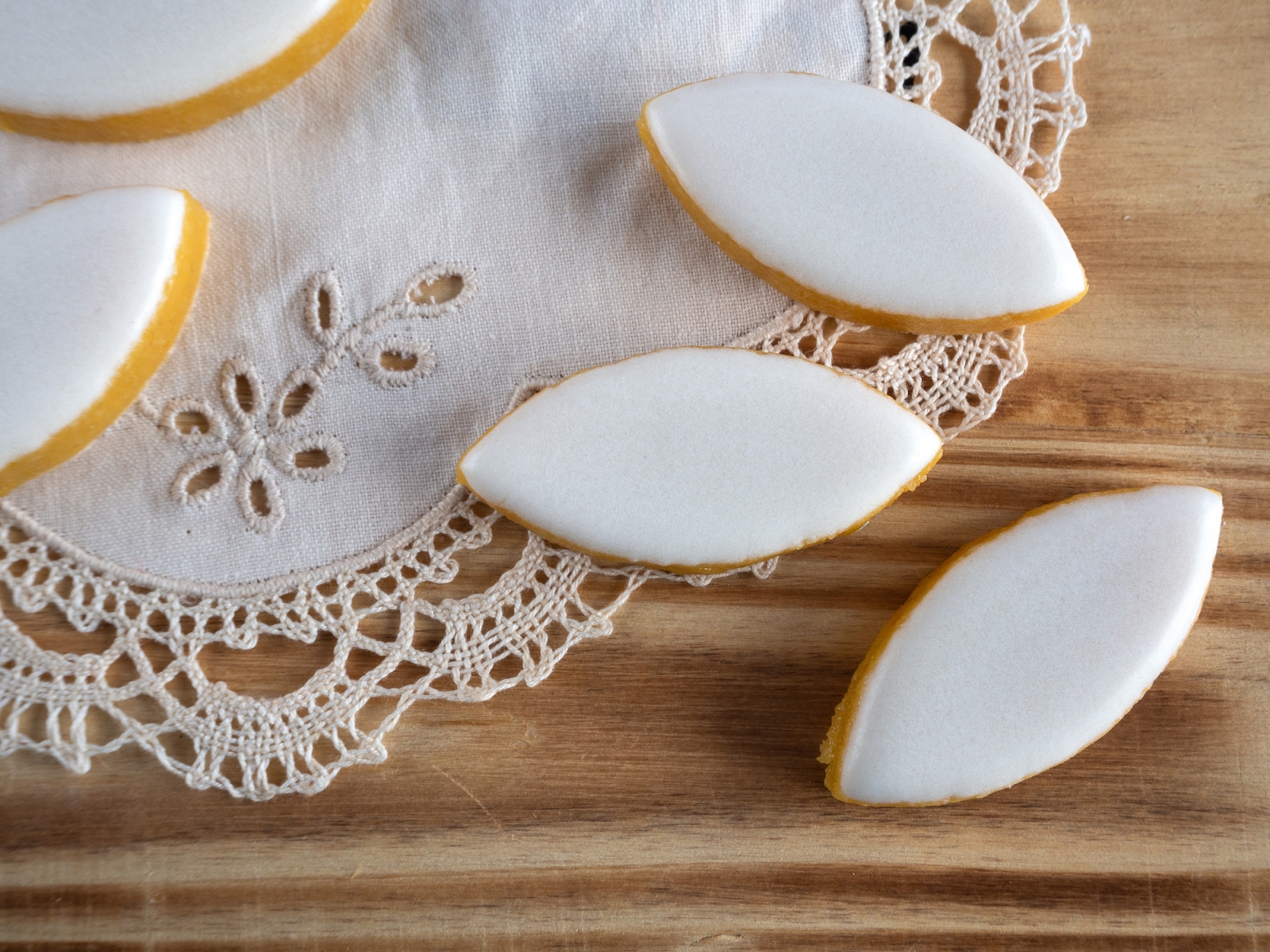
Calissons are authentic French sweets consisting of a smooth yellow paste of candied melons, oranges, and ground almonds culminated with a thin layer of royal icing. They are similar to marzipan, but with a deeper fruit flavor. They should be only almond-shaped and are commonly about five centimeters (two inches) in length. Calissons are traditionally associated with the Provence region, France, and are customarily given in Provence after Midnight Mass on Christmas Eve.
As you continue to explore the historic districts of the city, follow the signs of dry cleaners, which, like a guide, will show you the direction of the main streets and lead you to a stream with old mill wheels that also served to draw water. On the way, you will not see any special sights, but you will enjoy the views of medieval buildings, fanned by the halo of romantic antiquity.
The THEATRE
It is important to know that during the summer period, usually from July 6 to 24, the International Theater Festival is organized in the city of Avignon (France), and the journey made at this time will surely be remembered by you for a long time, thanks to the many enchanting shows and colorful Events. Indeed, in July, every street, and every house in Avignon is transformed, everything breathes art and creativity. Dozens of theatrical shows are held in different, sometimes completely unexpected places, such as chapels, palaces, squares, yards, and parks. Lectures and public readings of poetry and classics are organized.

For the 2022-2023 season, the festival has the following plans:
- to present 50 performances from all over the world
- in 20 venues around the city and surroundings
- to sell 110,000 tickets
- to accommodate and entertain between 30,000 and 40,000 spectators, of which 38% are residents of the region, approximately 40% are French citizens and 11% foreigners
- to accredit 600 journalists
- to print 60,000 festival programs
- to collect the budget of the festival season 22-23 of about 20 million euros and around 30% - only from ticket sales
- to bring a colossal contribution to the economy of the region and the entire south of France by creating an enormous number of jobs and attracting a large number of tourists to the region!
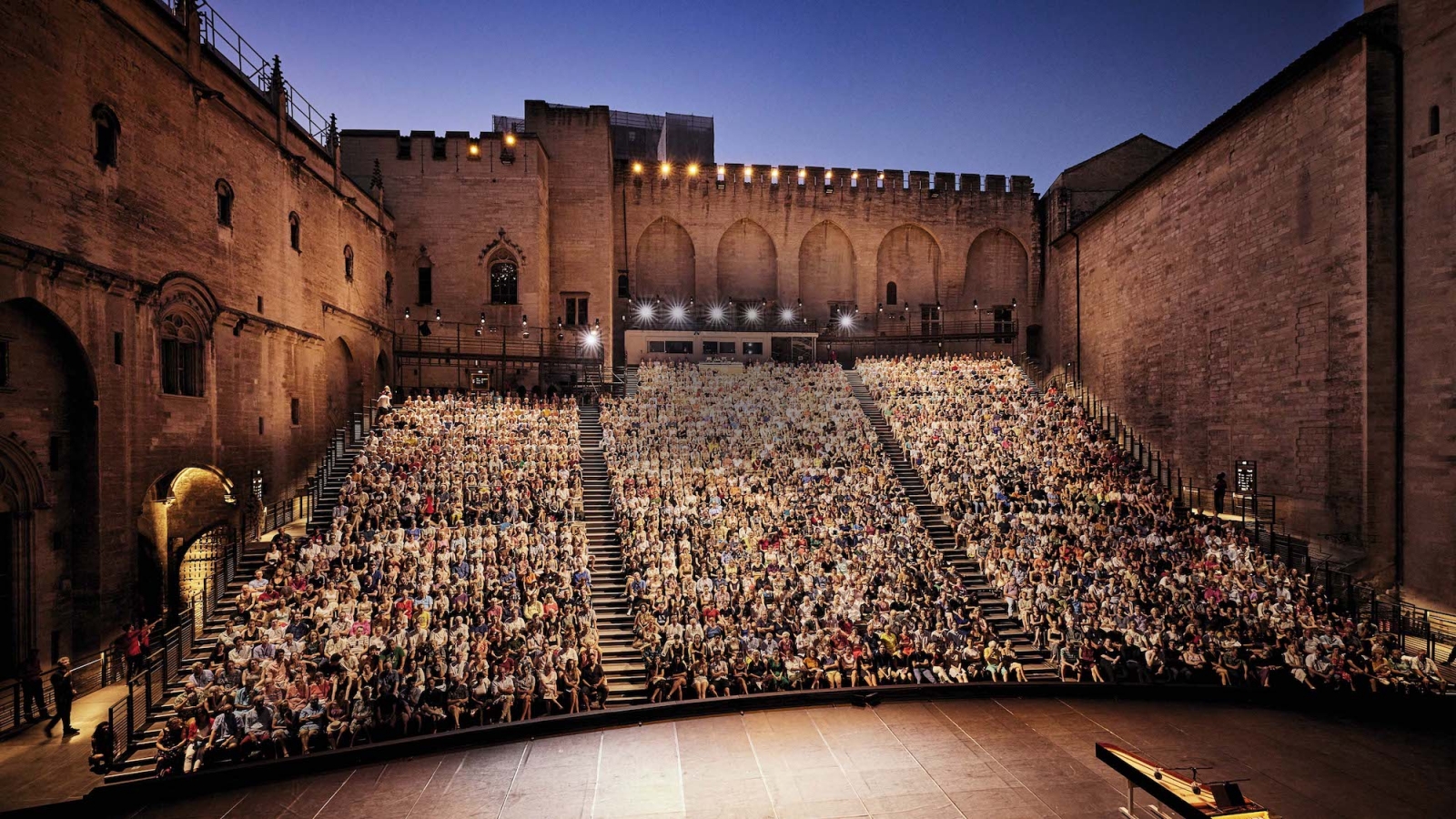
Fans of gastronomic tours to France will also find many interesting things for themselves. At the local market, you can taste the fruits and vegetables grown here and buy cheeses, wines, fish, and dried meat. The market is open all week except Monday. And in local restaurants, you can taste amazing dishes of Provencal cuisine, which local culinary masters are famous for.
And private tourist guides hired in advance on our website will help you not to get lost in this magnificent Avignon Middle Ages because they speak the language you prefer and know all the details of organizing a tour going deep back into centuries!
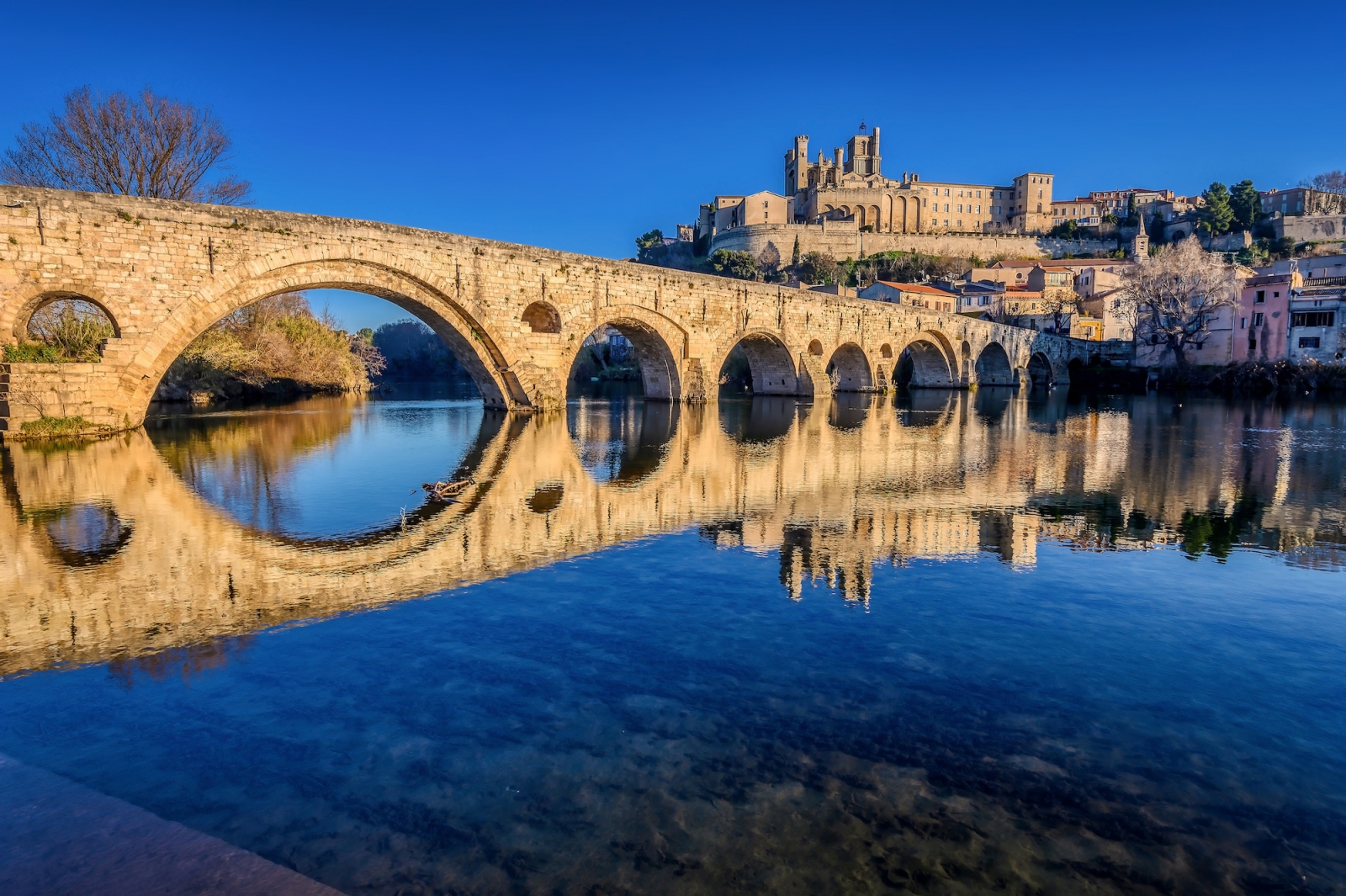
Read our previous article Nepal and the charm of its majestic mountains!
Read our next article 7 Best Cairo Attractions










